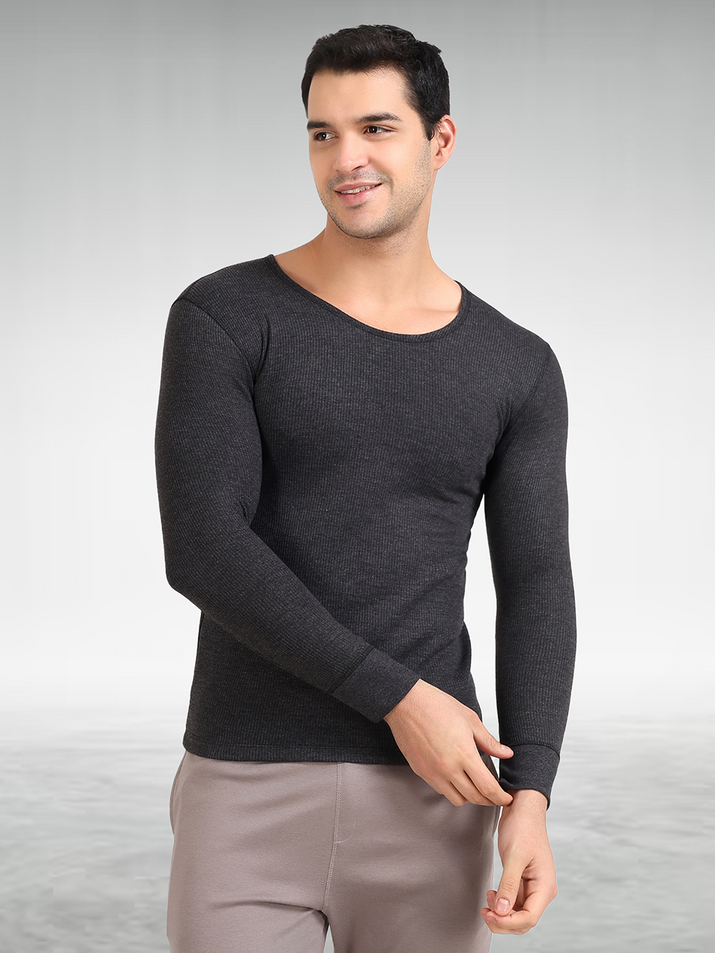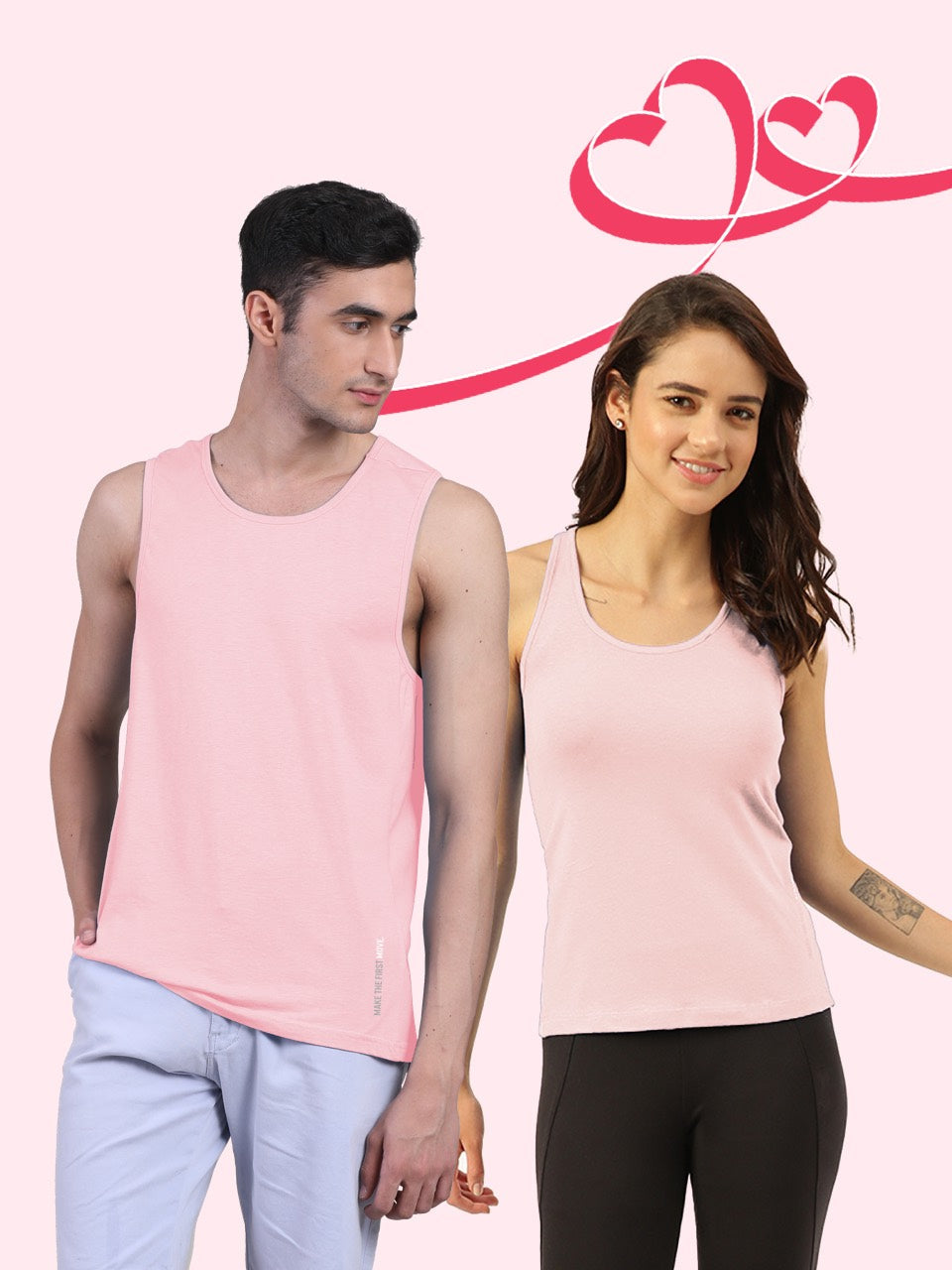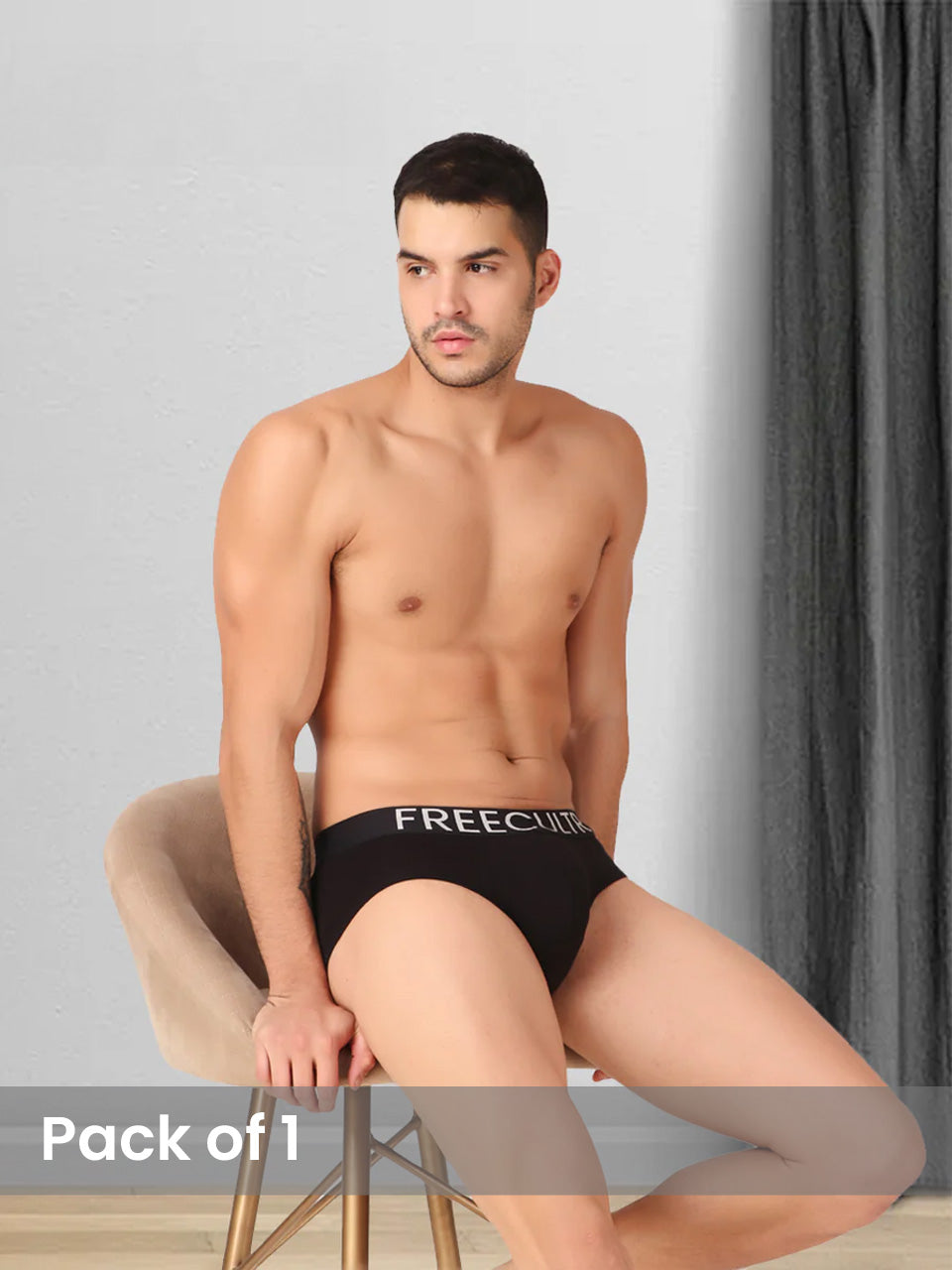Once considered simple sun protection, performance sleeves have evolved into indispensable gear, driven by advancements in textile engineering and increasing awareness of long-term skin health. Modern compression sleeves, for instance, utilize graduated pressure to enhance blood circulation, crucial for athletes during intense training or prolonged outdoor activities like cycling or golf. Beyond superior UV protection – often reaching UPF 50+ – these specialized sleeves now integrate moisture-wicking technology and cooling fibers, maintaining optimal body temperature even in extreme conditions. This technical sophistication extends to their role in muscle recovery, reducing fatigue and preventing micro-traumas, a significant development for both professional athletes and everyday enthusiasts seeking peak performance and enduring comfort.

Understanding the Modern Performance Sleeve
Once considered a mere accessory, the modern performance sleeve has evolved into a sophisticated piece of technical apparel, engineered to offer a multitude of benefits beyond simple aesthetics. These are not your grandmother's arm warmers; today's sleeves are precision-designed instruments for athletes, outdoor enthusiasts. Anyone seeking enhanced comfort and protection in various environments. At its core, a performance sleeve is a tubular garment, typically made from advanced synthetic fabrics, designed to cover parts of the limbs—most commonly the arms. Also legs, calves, or knees—to provide specific functional advantages. The primary goals of these specialized sleeves are often twofold: to offer robust UV protection and to enhance athletic performance through features like compression and moisture management.
The innovation in fabric technology has been a game-changer for these products. Unlike traditional cotton, which absorbs moisture and can become heavy and uncomfortable, modern performance sleeves utilize materials such as polyester, nylon, spandex. Blends thereof. These materials are chosen for their intrinsic properties that lend themselves to performance wear, including elasticity, durability. A capacity for advanced finishes that contribute to their protective and performance-enhancing qualities. Understanding these foundational aspects is crucial to appreciating the full potential of high-quality sleeves.
The Science Behind UV Protection in Sleeves
One of the most compelling reasons individuals opt for specialized sleeves is their superior UV protection. Prolonged exposure to the sun's ultraviolet (UV) rays can lead to severe skin damage, including sunburn, premature aging. An increased risk of skin cancer. While sunscreen offers protection, it needs frequent reapplication and can be messy. Performance sleeves provide a convenient, consistent. Chemical-free barrier against harmful UV radiation.
The effectiveness of a sleeve in blocking UV rays is quantified by its Ultraviolet Protection Factor (UPF) rating. This rating system is similar to the SPF (Sun Protection Factor) used for sunscreens but applies specifically to fabrics. A UPF rating of 30 means that only 1/30th of the sun's UV radiation can penetrate the fabric. A UPF 50+ rating, often found in high-quality UV protective sleeves, indicates that the fabric blocks 98% or more of UVA and UVB rays, offering excellent protection. For instance, according to the Skin Cancer Foundation, garments with a UPF of 30 or higher are recommended for effective sun protection. Many reputable brands adhere to this standard, making their sleeves a reliable defense against solar radiation.
The science behind a fabric's UPF rating involves several factors:
- Weave Tightness: Densely woven fabrics leave fewer gaps for UV radiation to pass through. Think of a tightly knit shirt versus a loosely woven one; the former offers superior protection.
- Fabric Type: Synthetic fibers like polyester and nylon are inherently better at absorbing or reflecting UV rays than natural fibers like cotton, especially when untreated.
- Color: Darker colors generally absorb more UV radiation than lighter colors, preventing it from reaching the skin.
- Stretch and Wetness: When stretched, a fabric's weave can open up, reducing its UPF. Similarly, wet fabrics often provide less UV protection than dry ones, as water can fill gaps and allow more UV light to pass.
- Chemical Treatments: Some fabrics are treated with UV-absorbing chemicals during manufacturing, further enhancing their protective capabilities. These treatments are durable and designed to last through many washes.
When selecting sleeves for UV protection, always look for the UPF rating clearly displayed by the manufacturer. This ensures you're getting effective sun protection that remains consistent throughout your activity.
Enhanced Performance: Beyond Sun Protection
While UV protection is a significant benefit, modern sleeves offer a range of performance enhancements that cater to athletes and active individuals. These benefits often stem from the same advanced fabric technologies and design principles that provide sun protection.
Compression Technology
Many performance sleeves, especially those designed for athletic use, incorporate compression technology. Compression sleeves are engineered to apply a graduated pressure to the limb, meaning the pressure is tighter at the extremities (e. G. , wrist for arm sleeves, ankle for calf sleeves) and gradually decreases towards the heart. This targeted pressure serves several physiological purposes:
- Improved Blood Circulation: By gently squeezing the veins, compression helps to push deoxygenated blood back towards the heart more efficiently. This can reduce swelling and promote better oxygen delivery to muscles.
- Reduced Muscle Oscillation: During high-impact activities like running or jumping, muscles vibrate and oscillate, which can lead to micro-tears and fatigue. Compression sleeves stabilize the muscles, reducing this oscillation and potentially minimizing muscle damage and soreness.
- Faster Recovery: Enhanced blood flow and reduced muscle damage contribute to quicker post-activity recovery. Athletes often wear compression sleeves during and after workouts to aid in this process.
- Reduced Risk of Injury: By providing support to muscles and joints, compression sleeves can help prevent strains and sprains, particularly in the calves and shins.
A study published in the Journal of Sports Sciences highlighted that compression garments, including sleeves, can modestly improve performance in activities requiring repeated high-intensity efforts and may aid in recovery by reducing muscle soreness. This makes compression sleeves a valuable tool for runners, cyclists, basketball players. Many other athletes.
Moisture-Wicking and Temperature Regulation
The advanced synthetic fabrics used in performance sleeves are designed to be highly breathable and possess excellent moisture-wicking properties. This means they effectively draw sweat away from the skin's surface and disperse it across the fabric, where it can evaporate quickly. This process keeps the wearer dry and comfortable, preventing the clammy sensation associated with cotton or other non-wicking materials.
Moreover, these sleeves play a crucial role in temperature regulation:
- Cooling in Warm Climates: The rapid evaporation of sweat facilitated by moisture-wicking fabrics creates a cooling effect on the skin, helping to regulate body temperature during strenuous activity in hot conditions. Some sleeves even incorporate "ice-fil" or similar technologies that activate with moisture to enhance cooling.
- Warmth in Cool Climates: In colder environments, sleeves act as an insulating layer, trapping a thin layer of air close to the skin to provide warmth without bulk. Their ability to wick sweat away also prevents the chilling effect that occurs when sweat remains on the skin in cold weather.
This dual functionality makes sleeves incredibly versatile, adapting to a wide range of weather conditions and intensity levels.
Types of Performance Sleeves: A Comparative Look
The world of performance sleeves is diverse, with designs tailored for specific body parts and functions. While arm sleeves are perhaps the most common, understanding the various types can help you choose the best option for your needs.
| Sleeve Type | Primary Purpose | Key Benefits | Common Users |
|---|---|---|---|
| Arm Sleeves | UV Protection, Compression, Temperature Regulation | Sun protection, reduced arm fatigue, improved circulation, warmth/cooling. | Runners, Cyclists, Golfers, Hikers, Outdoor Workers, Basketball Players |
| Calf Sleeves | Compression, Shin Splint Prevention | Support for calf muscles, reduced muscle vibration, enhanced recovery, relief from shin splints. | Runners, Triathletes, Hikers, Individuals with shin splints |
| Knee Sleeves | Compression, Joint Support, Warmth | Joint stability, reduced knee pain (especially during lifting), improved proprioception, warmth for joints. | Weightlifters, Powerlifters, Cross-trainers, Individuals with knee discomfort |
| Thigh Sleeves | Compression, Hamstring/Quad Support | Support for large leg muscles, reduced muscle strain, aid in recovery from leg workouts. | Sprinters, Football Players, Individuals recovering from hamstring/quad injuries |
| Elbow Sleeves | Compression, Joint Support, Warmth | Support for elbow joint, reduced pain during repetitive movements or lifting, warmth for tendons. | Weightlifters, Tennis Players (for tennis elbow), Golfers (for golfer's elbow) |
Each type of sleeve is designed with specific anatomical considerations and performance goals in mind, offering targeted benefits for different activities and needs. For example, a runner might prioritize calf sleeves for shin splint prevention, while a golfer would benefit more from arm sleeves for sun protection and swing consistency.
Choosing the Right Sleeves for Your Needs
With a plethora of options available, selecting the perfect performance sleeves can seem daunting. Consider the following factors to make an informed decision:
- Activity Type: Are you running a marathon, cycling, playing golf, hiking, or simply working outdoors? Your activity will dictate the primary benefits you need (e. G. , extreme UV protection for fishing, strong compression for powerlifting).
- Material Composition: Look for blends of polyester, nylon. Spandex for durability, stretch, moisture-wicking. Breathability. Some sleeves may incorporate bamboo or merino wool for natural temperature regulation, though synthetic blends typically offer superior wicking and UV properties.
- UPF Rating: If sun protection is a priority, ensure the sleeves have a UPF rating of 30 or higher, with UPF 50+ being ideal for extensive sun exposure.
- Fit and Sizing: A proper fit is critical for comfort and effectiveness. Compression sleeves, in particular, need to be snug but not restrictive. Refer to the manufacturer's sizing chart and measure accurately. A sleeve that is too loose won't provide adequate compression or stay in place, while one that is too tight can impede circulation.
- Seam Construction: Flatlock seams are preferred as they minimize chafing and irritation, especially during repetitive movements.
- Grip/Anti-Slip Features: Many arm sleeves feature silicone grippers or elastic bands at the top to prevent them from sliding down during activity.
- Temperature Considerations: Some sleeves are specifically designed for hot weather (cooling properties) or cold weather (insulation). Choose accordingly.
For instance, if you're an avid cyclist spending hours under the sun, a pair of UPF 50+ arm sleeves with good moisture-wicking properties and silicone grippers would be an excellent choice. Conversely, a weightlifter might opt for a thicker knee sleeve with strong compression to support heavy squats and deadlifts.
Real-World Applications and Testimonials
The utility of performance sleeves extends across a broad spectrum of activities and professions. Their benefits are not merely theoretical but are consistently demonstrated in real-world scenarios by individuals from various walks of life.
Athletic Prowess and Recovery
Professional athletes frequently incorporate sleeves into their gear. Take, for example, long-distance runners. Elite marathoners like Eliud Kipchoge, though not always seen in arm sleeves, often utilize compression technology in their recovery protocols. Amateurs and professionals alike routinely wear calf sleeves to mitigate the risk of shin splints and aid in post-run recovery. "I used to suffer from terrible shin splints after my long runs," shares Sarah, a recreational marathoner. "Since I started wearing compression calf sleeves, the discomfort has significantly reduced. I feel ready for my next training session much faster." This anecdotal evidence aligns with scientific findings on the benefits of compression.
Basketball players, from collegiate to NBA stars, are often seen sporting arm sleeves. Beyond just style, these sleeves help keep muscles warm, reduce minor abrasions from falls. Provide a slight compression that some players believe enhances their shooting consistency and reduces fatigue over a long game. A former NCAA basketball player, Mark, noted, "My arm sleeves aren't just for looks. They keep my shooting arm warm and reduce the impact from dives, plus they help wick away sweat so my grip stays solid."
Outdoor Protection and Comfort
Beyond competitive sports, sleeves are indispensable for anyone spending significant time outdoors. Fishermen, hikers, gardeners. Construction workers are prime examples. The Skin Cancer Foundation actively promotes sun-protective clothing, including sleeves, as a critical component of sun safety. Dr. Emily Carter, a dermatologist with over two decades of practice, often advises her patients, "While sunscreen is vital, it's not foolproof. High-UPF clothing, like well-designed sun sleeves, offers a consistent, physical barrier against UV radiation, significantly reducing your cumulative sun exposure and long-term risk of skin damage."
Consider a construction worker on a sunny job site. Traditional long-sleeved shirts can be hot and cumbersome. Lightweight, moisture-wicking arm sleeves with a high UPF rating offer the necessary protection without compromising comfort or mobility. Similarly, a fly fisherman spending an entire day on a reflective river will find arm sleeves invaluable for preventing severe sunburn on their exposed arms.
Medical and Therapeutic Applications
While not their primary design, certain compression sleeves find crossover use in medical contexts. For instance, individuals suffering from lymphedema (swelling caused by fluid retention) are often prescribed compression garments to manage their condition. While these are specialized medical devices, the underlying principle of graduated compression is shared with athletic sleeves, highlighting the physiological benefits of well-designed compression.
These real-world examples underscore the versatility and efficacy of performance sleeves, demonstrating their value for both peak performance and everyday protection.
Care and Maintenance of Your Performance Sleeves
To ensure your performance sleeves continue to provide optimal protection and performance, proper care and maintenance are essential. Following these guidelines will extend their lifespan and maintain their effectiveness, particularly their UPF rating and compression properties.
- Read the Label: Always refer to the specific care instructions on the garment's tag. Manufacturers often have precise recommendations based on the fabric composition and any special treatments.
- Gentle Washing: Most performance sleeves should be washed in cold water on a delicate cycle. Hot water can damage the elastic fibers (like spandex) that give sleeves their compression and shape retention.
- Use Mild Detergent: Avoid harsh detergents, bleach, or fabric softeners. Bleach can degrade fabric fibers and compromise UPF ratings, while fabric softeners can leave a residue that clogs the pores of moisture-wicking fabrics, reducing their effectiveness.
- Wash Separately or with Similar Items: To prevent snagging or damage, wash sleeves with similar lightweight activewear. Avoid washing them with items that have zippers, Velcro, or rough textures.
- Air Dry is Best: Tumble drying, especially on high heat, can damage the elastic fibers and reduce the lifespan and effectiveness of the sleeves. Air drying by laying them flat or hanging them up is the preferred method. This also helps maintain their shape and compression.
- Avoid Ironing: The synthetic fabrics used in performance sleeves are generally not meant to be ironed. High heat can melt or damage the fibers.
By adhering to these simple care routines, your sleeves will remain an effective and long-lasting component of your activewear wardrobe, continuing to offer enhanced performance and crucial UV protection for countless activities.
Conclusion
Don't underestimate the transformative power of a simple pair of sleeves. Far beyond mere sun protection, they are a vital component for enhanced performance and sustained comfort, whether you're conquering a challenging cycling route or enjoying a leisurely hike. I personally discovered their benefit during my last half-marathon, where the cooling fabric prevented arm fatigue and the constant reapplication of sunscreen – a significant advantage when every second counts. This trend towards specialized activewear, like sleeves with UPF 50+ and advanced moisture-wicking properties, reflects a broader shift in how we approach outdoor activity: it's about smart, proactive self-care. My tip? Invest in a pair with flatlock seams for chafe-free movement and consider those featuring recent developments in cooling technology, like mineral-infused fabrics, for superior temperature regulation. Embrace sleeves not just as gear. As an integral part of your well-being strategy. They empower you to push boundaries, stay protected. Truly thrive in any environment.More Articles
Men's Tees – Breathable Fabric & Everyday VersatilityWomen's Boy Shorts – Seamless Feel & Active Support
Sling Bag – Secure Storage & Hands-Free Convenience
Women's Bandana – Chic Accessory & Hair Protection
FAQs
What are these sleeves designed to do?
These sleeves are engineered for dual benefits: they enhance your physical performance by supporting muscles and improving circulation. They provide robust protection for your skin against harmful UV radiation when you're outdoors.
How do they help improve my performance?
They often incorporate compression technology, which helps to stabilize muscles, reduce vibration. Improve blood flow. This can lead to less muscle fatigue, quicker recovery times. Sustained energy during your activities.
Do they really offer good sun protection?
Yes, absolutely! Our sleeves are made from UPF (Ultraviolet Protection Factor) rated fabric, specifically designed to block a high percentage of both UVA and UVB rays, giving your arms excellent sun defense.
What activities are these sleeves best for?
They're incredibly versatile and perfect for a wide array of outdoor and athletic pursuits. Think cycling, running, hiking, golf, fishing, basketball, driving, or any activity where you need muscle support and sun protection for your arms.
How do I pick the right size for me?
To get the best fit, we recommend measuring the circumference of your bicep and wrist, as well as the length from your bicep to your wrist. Compare these measurements with our specific sizing chart to ensure a comfortable and effective fit.
Are they comfortable for extended wear?
Definitely! Made from lightweight, breathable. Moisture-wicking materials, these sleeves are designed to keep you cool and dry by pulling sweat away from your skin, ensuring comfort even during long periods of use.
What's the best way to clean my sleeves?
For optimal care and longevity, machine wash them in cold water with similar colors and air dry them. Please avoid using bleach or fabric softeners. Never iron them.






